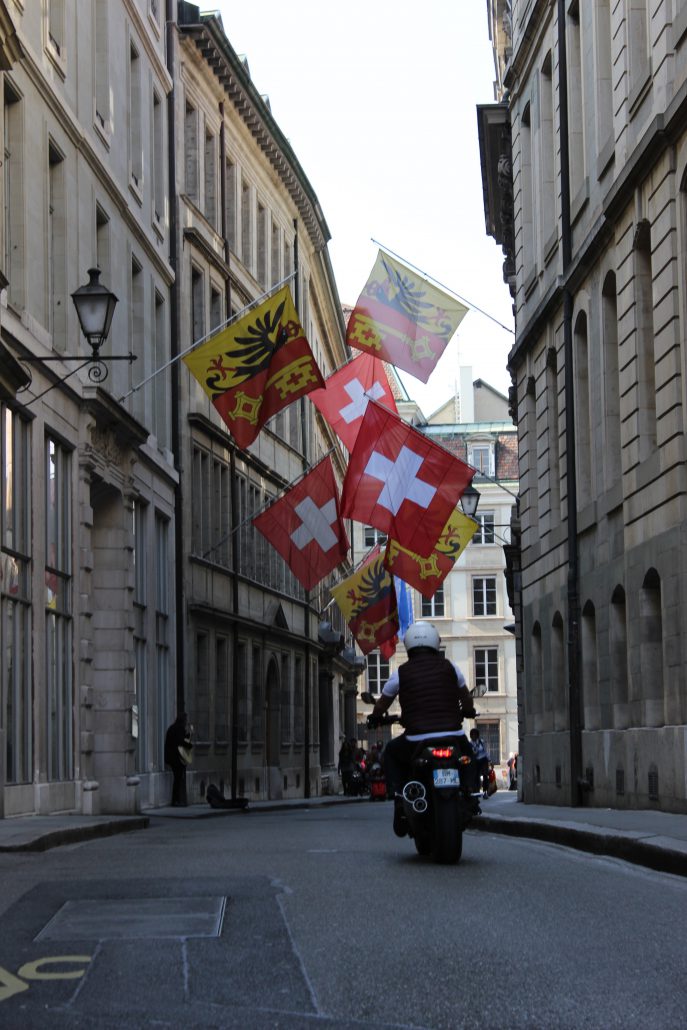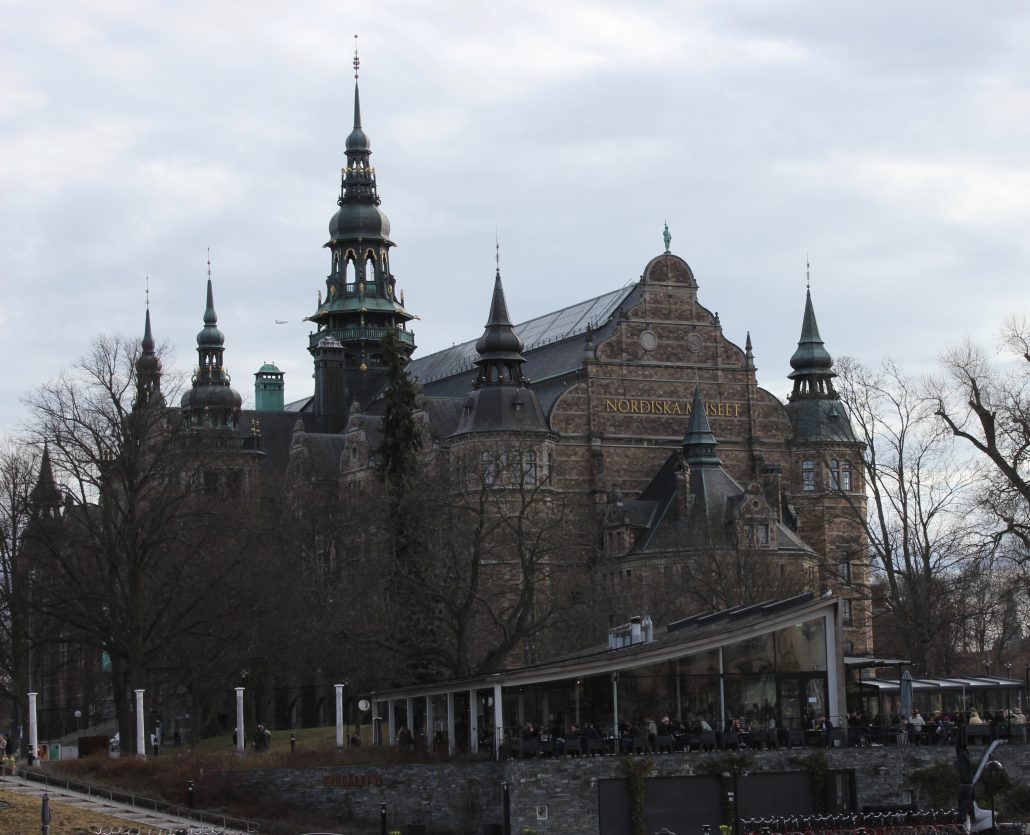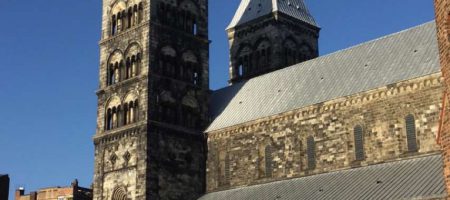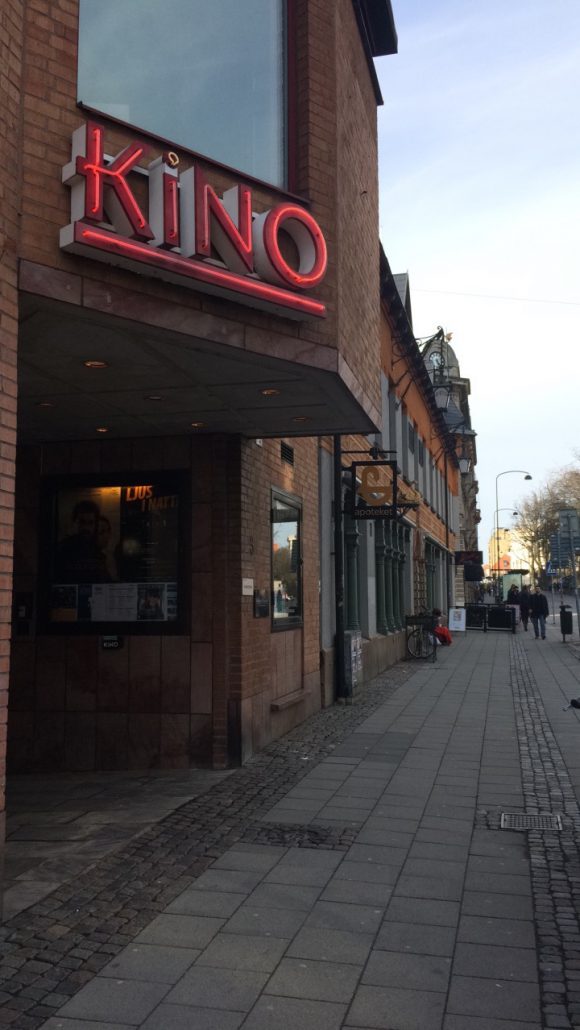Sweden | Final Reflections
BY CHRISTINE PAHEL
Final Reflections
Well, that time is here. I’m leaving Sweden. I sit here writing this as I should be packing. But, then again, I’ve never been one for packing. It’s a little odd still being here because practically all of the international students and many of the Swedish students have returned home for the summer, and the new incoming UCEAP class isn’t here yet. While it is a little lonely without so many of the friends I’ve made during my time here, I don’t regret taking the opportunity to stay here, even if its just a few days longer. Honestly, even though I do miss my friends back in the states, I don’t want to leave Europe. I love it here.

I know when I get back home the first thing people are going to ask me was what was my favorite part. It’s an answer you are expected to have. However, I have no idea how to answer that question. I’m not saying that every moment was picture perfect. It certainly was not, and you shouldn’t pressure yourself to have every moment go right while here (especially when it comes to exams in Sweden). That being said, the whole experience seems like a blur. I can barely remember what it was like before coming here. Prior to this, I had never lived on my own, never been to Europe, never planned my own flights, never wrote in-depth research papers, never set up an EEG, never lived in a community where I didn’t know the dominant language… there were so many “never”s. Being abroad has made me realize how many “never”s I still had that I wanted to experience. Perhaps my favorite part of being abroad was learning that want to come back. Not to Sweden in particular, but I do know that I want to live back abroad in as many countries as I can.
While I loved my time abroad, I had friends that were as anxious to go home as I was to stay abroad. I think we too frequently believe that studying abroad is going to be the epitome of our college experience. At this point, it is for me; however, I know it wasn’t for many others. I’m not saying that to scare you away from studying abroad. I definitely think moving to a place that is out of your comfort zone is necessary to better understand the lives of those around you. But you will face struggles if you choose to come abroad. I don’t want to sugar coat it and have you be surprised when you are thousands of miles away from the place you previously considered home.
Classes will be tough. Don’t fall into the trap of thinking that since you go to such a world renowned college system that the classes will be easy—they aren’t. Each college has a different way of presenting material, studying, and examining, so expect to be inexperienced in the classroom. It’s kind of like being a freshman again in a course filled with upperclassmen. The people around you are used to the system whereas you are just getting your feet wet.
Also, being away from relatives is tough. If you have a close knit family, it will be even tougher. I was fortunate enough to have some of my relatives visit me, but not everyone will have this opportunity. I suggest Facetime, Skype, iMessage, and WhatsApp to help stay in touch with your family and friends while abroad. Being in contact definitely helps ease any homesickness. I Facetimed my parents once a week to get an update on things back home, which definitely helped me (and helped them stop worrying about me so much).
Perhaps the toughest thing, depending on what country you choose, will be not knowing the dominate language. Having to constantly attempt to use the limited phrases you know, and then pulling out the translator when all else fails can get frustrating and be humbling. To me, it was difficult to learn the language. I would try to get through the entire checkout process using only Swedish, so I could improve my skills, but the second they have to match my credit card to my ID (my passport), they would automatically switch to English and not another word would be in Swedish. Though it was done for my comfort and convience, it made learning to speak the language difficult and made it super easy to be lazy in learning Swedish.
Well now that I’ve addressed some of the difficulties of studying abroad, I want to move to a more positive note—travel. My previous blogs have focused exclusively on Sweden and briefly on Copenhagen. However, to not speak about travel would be to exclude a major part of the study abroad experience, especially since it is a main reason why people chose to take their studies to another country.
While abroad, I traveled to England, Scotland, Germany, Denmark, Vatican City, the Netherlands, Ireland, France, Switzerland, Hungary, Spain, Portugal, Finland, Norway, Italy, Belgium, and of course Sweden. Practically every weekend during my time here, I was in a new country. All my free time was devoted to scanning travel websites to see which countries were the cheapest for each weekend and then convincing a group of my friends to go with me both to have company and to save money on Airbnb costs. Traveling in Europe is cheap if you get down a system. The cheapest flight I had was only $6! Many of museums offer student discounts, and with your residence permit, you get into the Louvre in Paris for free! Travel smart, but don’t let it distract you from your studies too much. I know some people here who have failed their classes, partially because they were too distracted by traveling. Definitely spend a good portion of your time traveling the country you are staying abroad in. That doesn’t mean just the capital—find the small cities too in order to better understand what it truly means to live there.




I have so much more to say about my time in Sweden, but this blog is getting long. I don’t quite have down my elevator speech for talking about my time abroad. My final piece of advice would be if you are on the fence about study abroad, do it. Like me, you might end up never wanting to leave.
Christine Pahel studied abroad in Lund, Sweden, in Spring 2017: http://eap.ucop.edu/OurPrograms/sweden/Pages/lund_univ.aspx




































 Shop at IKEA
Shop at IKEA








